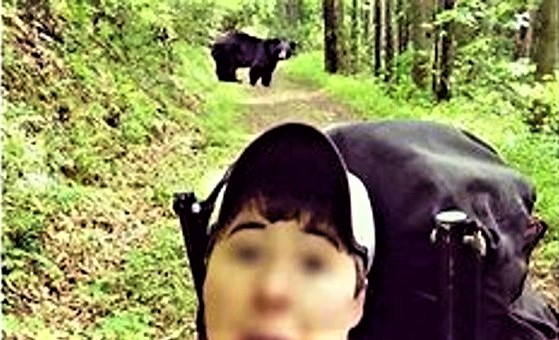-
Tourists abroad risking life and limb.

We seem to lose all common sense and concern for our own health and safety With mass tourism spreading round the world it doesn’t take long for local entrepreneurs to realise the strong lure of displaying local wildlife to tourists in unregulated collections, animal rides and shows, particularly when it concerns young animals or up…
-
Invading their space – animal encounters.

Most of us do not like having what is called our ‘personal space’ invaded and some of us quite rightly get very agitated when this occurs. When it involves wild animal encounters we arrogantly believe that when invading their space, that they should tolerate our intrusions without any complaint or retaliation. Wild animals usually instinctively…